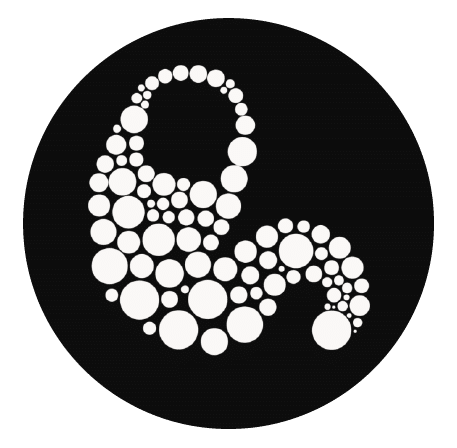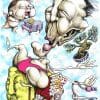Experiential design is an evolving component in event marketing for brands and cultural institutions. It is fast becoming a value add-on for brands and arts organizations in a number of ways. But not everybody understands the techniques. There are a lot of factors to consider when choosing and designing an a physical experience in-order for the entire event to become memorable, a success.
First, there needs to be a deep understanding of what a seamless experience is for your audience. And this requires understanding your audience in the first place.
Even the most well-planned, innovative project can fail if your audience is not able to create positive associations towards your brand in the minds of your audience.
That’s why Oddtoe has curated the tools, techniques and practices from the experiential design industry along with their respective applications and output s. Below are six examples of emerging technologies Oddtoe thinks will propel the future of experiential design and the future of immersive experiences in art world of the future. »
Spatial Augmented Reality (SAR)
: As an experiential designer, augmented reality is used when you want to add digitally to an existing physical environment. For example, participants see the room they’re in while experiencing some altered form of reality – a digital overlay to the landscape in front of them.
Video Installations
: Video installations are great for creating immersive ambience. And there is no limit to the number of screens to add impact. These installations are easily configurable, usually offer the best resolution and have the power to transform ordinary spaces into engaging experiences. Video installations can engage our senses with the variety of content (audio + visual) and can also be made interactive. With video walls, projectors and sensors, the viewer can become the part of the plot or a character in the narratives.
Light Projection
: As projectors become cheaper and brighter, we are seeing an increasing number of software tools geared specifically for light projections. It can be used to lighten up old heritage building, large-scale structures, roads or ceilings and are great for art festivals and events. Projection art uses a technique called projection mapping. Projection mapping uses everyday video projectors, but instead of projecting on a flat screen, light is mapped onto any surface, turning common objects of any 3D shape into interactive displays. This can be used for advertising, live concerts or any type of events where you want to grab attention to specific objects, sculptures or spaces. It is also portable and can adapt to any other surfaces and therefore can be scaled.
Holograms
: When you want to display a three-dimensional image, holograms are used. They are a photographic recording of a light field. It involves the use of laser, interference, diffraction, light intensity recording and suitable illumination of the recording. Holographic projections are capable of creating some surreal experiences with good light and background.
Virtual Reality (VR)
: To be considered VR, participants need to be fully immersed and usually need to wear a headset to achieve this. The full immersion into an alternate reality is what differentiates VR from augmented reality.
Interactive Hybrids
: There are surely many more tools and techniques available to explore in experiential design. With tech advancements, the options are becoming limitless. Below are some amazing technologies that aid interactive design, that give a whole new level to an immersive experience.
- Interactive walls: When people enter the projection area, the system tracts motion and generates real-time graphic/art that is projected on the wall. This creates a dynamic visual experience within the space.
- Interactive music: If anyone has visited the Museum of New and Old Arts (MONA) in Hobart Tasmania, they might have experienced playing music with hand motions. Yes, we don’t even need to touch a musical instrument, forget playing it, to produce music. How cool is that!
That’s what Oddtoe thinks is the future of physical and virtual experience design. What do you think is next?



